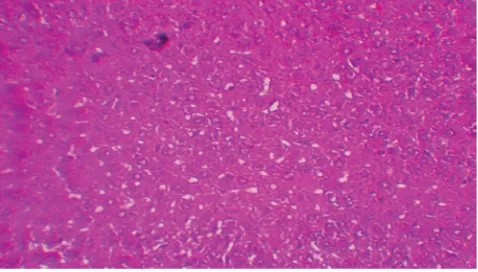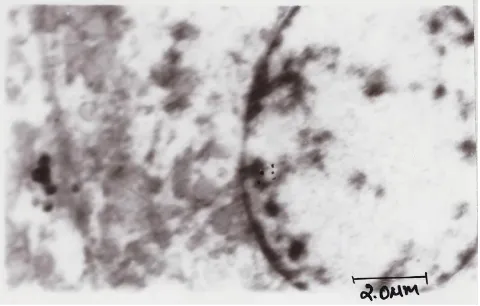Hepatoprotective Potential of Green Tea Extract against Experimental Hepatotoxicity in Rats
Full text
Figure




Related documents
By comparing germination of intact (lemma and palea present) seed and naked (lemma and palea absent) seed within 6 accessions, these workers suggested a negative
Perusal of the data in Table 1 showed that various media significantly affected survival of olive layers, while different timing and the interaction between media
Figure 11 shows the mean differences between coinci- dent OSIRIS and SOFIE temperature profiles, corresponding standard deviations, and combined systematic uncertainties in the
The exact reason for these observations is not clear, but a number of studies now suggest that Klebsiella serotypes K1 and K2 have virulence factors that enhance their survival
Tumoural expansion or necrosis after radiosurgery were documented recently by Okunuga et al' who described tumour volume changes on serial imagings for vestibular schwannoma
AUC: Area under the receiver operating characteristic; CI: Confidence interval; ICU: Intensive care unit; ISS: Injury Severity Score; MTOS: Major Trauma Outcome Study; NISS: New
The plant has basically 4 transformers for the normal working of the plant. There are three 500KvA and one 750KvA transformer. These generate a power of around 2250KvA. During
4.1 Observations regarding repeat spawning locations Out of the dozens of preferential groundwater-discharge zones geolocated along the Quashnet River in this and pre- vious work